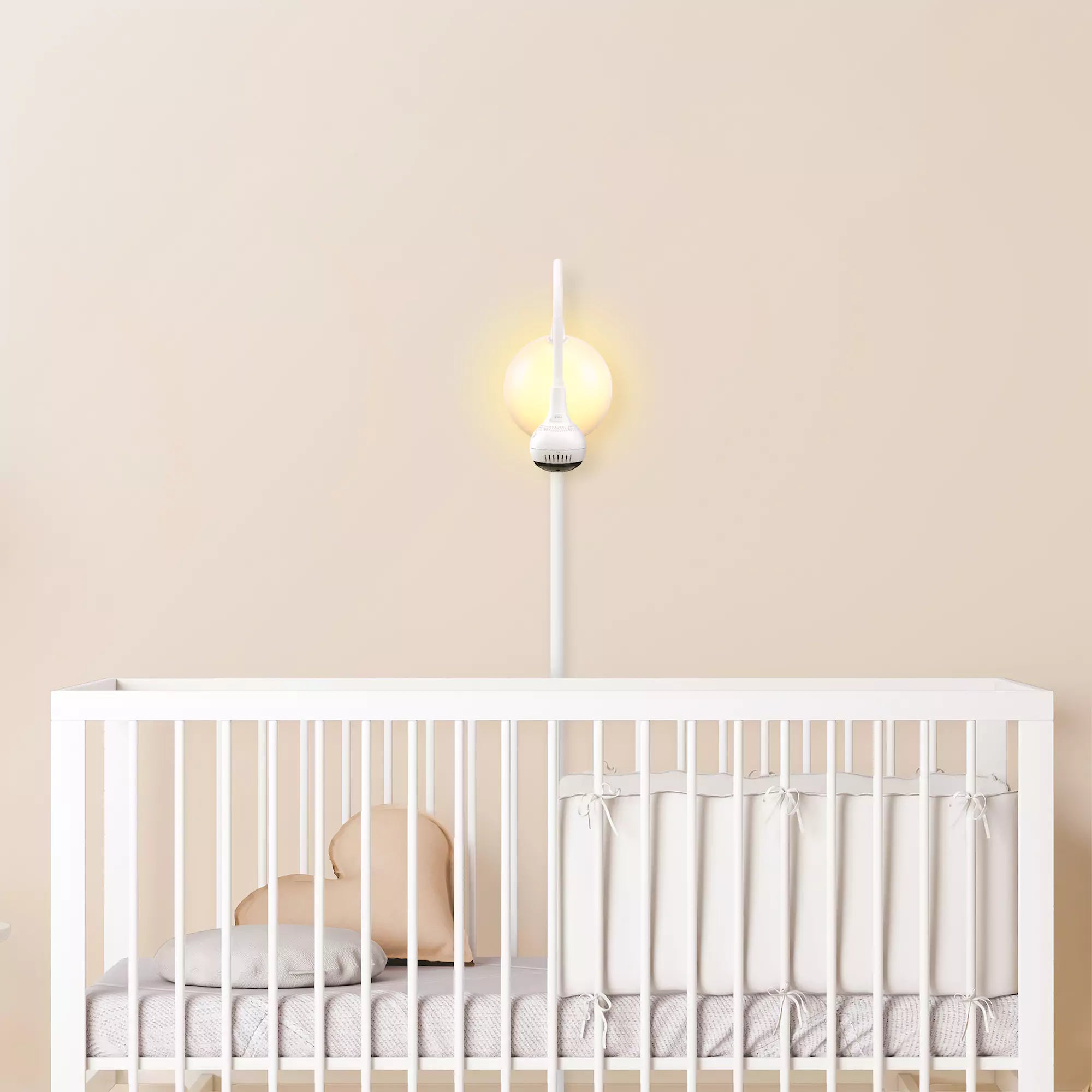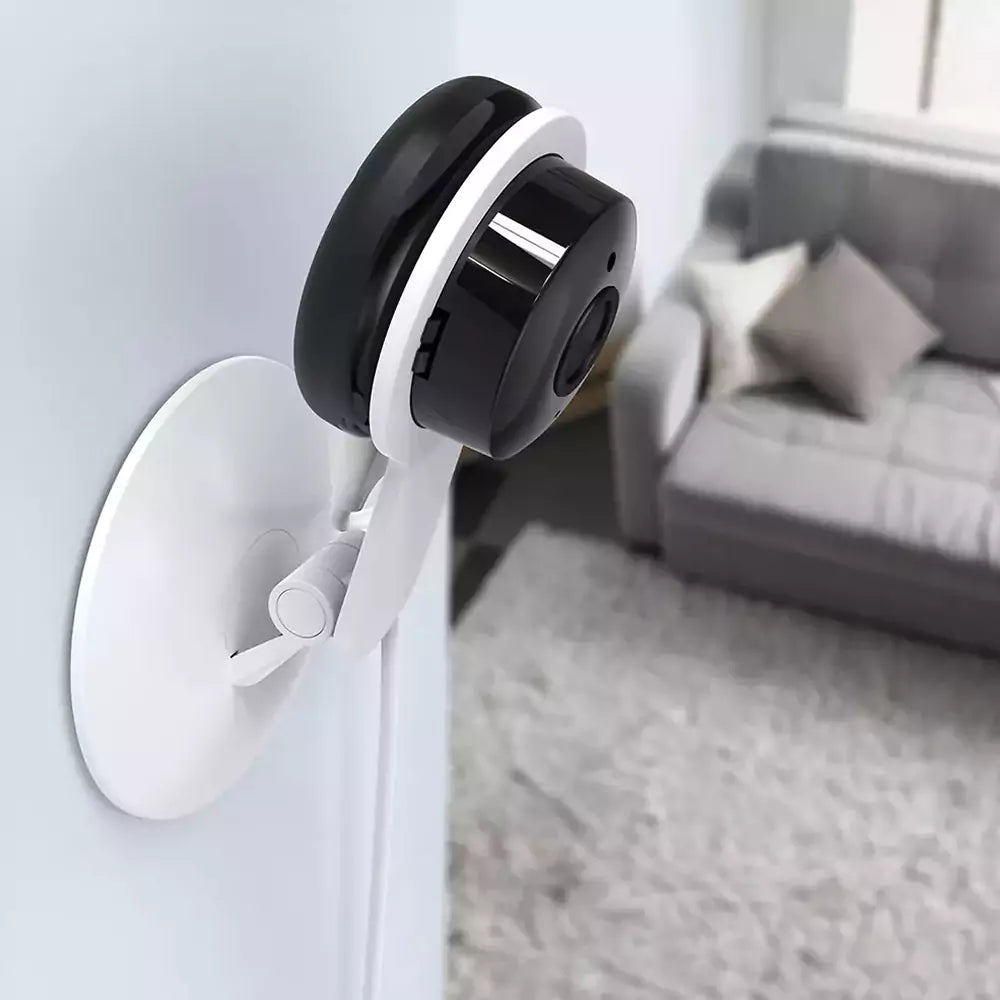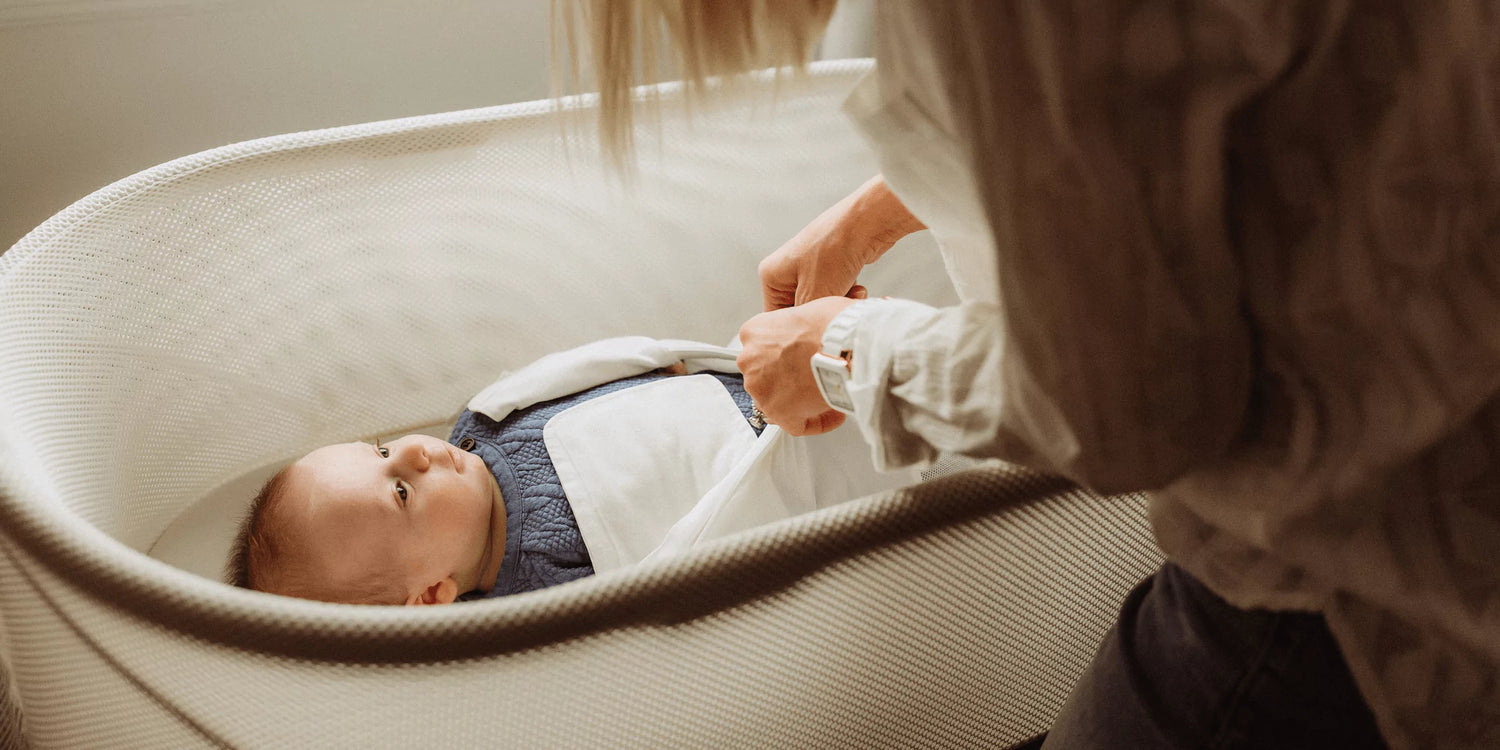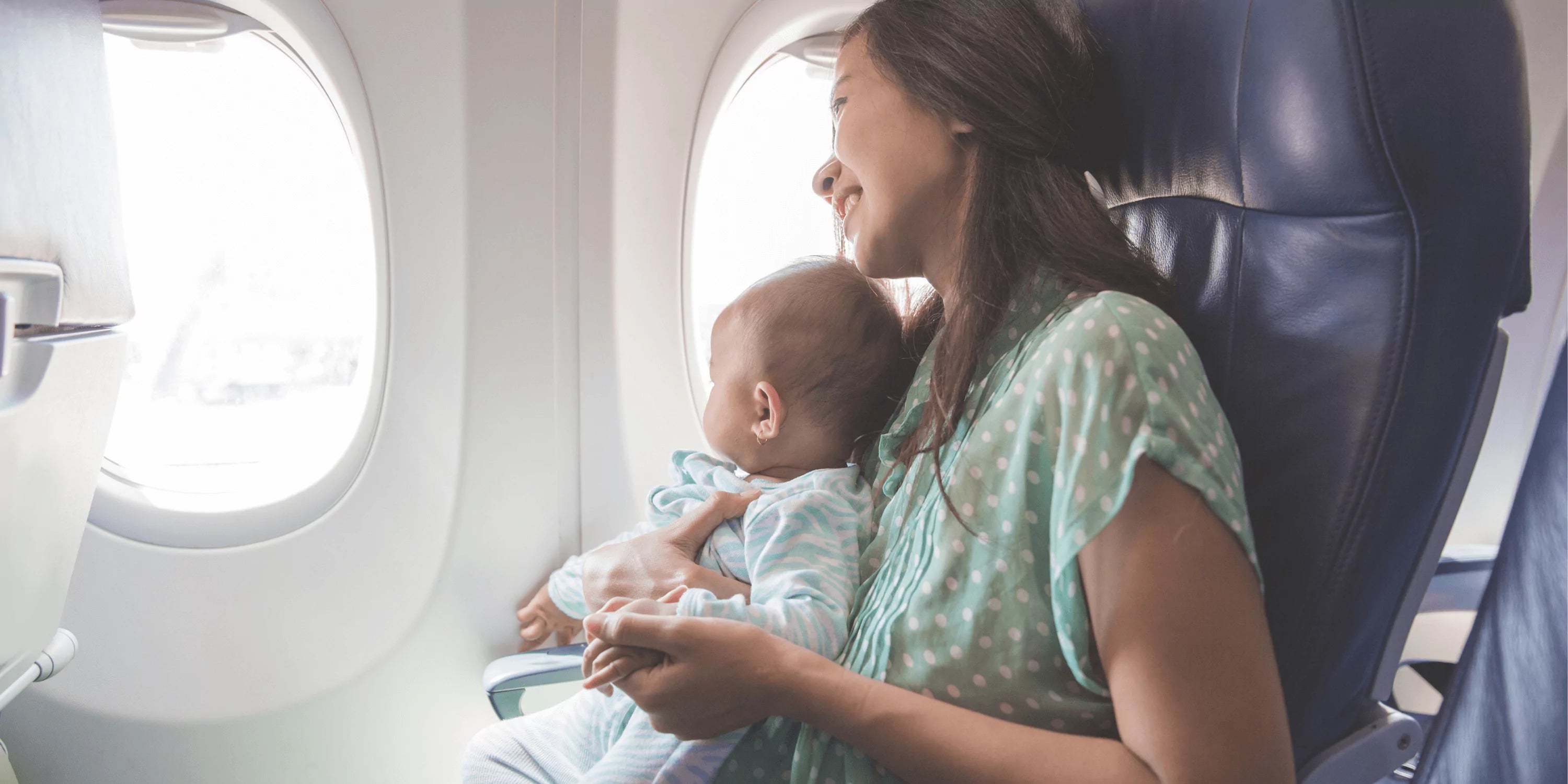Welcoming a newborn into your family is an exciting and joyous time, but it can also be exhausting and overwhelming. One of the biggest challenges for new parents is getting their newborn to sleep in a bassinet. Many parents struggle with this, as newborns often prefer to sleep in their parents' arms or in a co-sleeper. However, it is important for both the baby and the parents to establish a safe and comfortable sleep routine in a bassinet. In this article, we will discuss some tips and tricks for getting your newborn to sleep in a bassinet.
Why Is It Important for Newborns to Sleep in a Bassinet?
Safety First
The American Academy of Pediatrics recommends that newborns sleep in a bassinet or crib in the same room as their parents for at least the first six months of their life. This is because it reduces the risk of Sudden Infant Death Syndrome (SIDS) and allows parents to monitor their baby's breathing and movements while they sleep.
Establishing a Sleep Routine
Newborns need a lot of sleep, typically between 14-17 hours a day. However, they do not have a set sleep schedule and may wake up frequently throughout the night. By getting your newborn to sleep in a bassinet, you can establish a sleep routine that will help them learn to self-soothe and sleep for longer stretches at a time.
Promoting Independence
While it may be tempting to let your newborn sleep in your arms or in a co-sleeper, it is important to promote independence and teach them to sleep on their own. This will not only help them develop good sleep habits, but it will also give parents a chance to rest and recharge.
Tips for Getting Your Newborn to Sleep in a Bassinet
Start Early
It is recommended to start getting your newborn to sleep in a bassinet from day one. This will help them get used to the bassinet and establish a routine early on. If you wait too long, it may be more difficult to transition them to the bassinet.
Use a Firm Mattress and Proper Bedding
Make sure your bassinet has a firm mattress and is free of any loose or soft bedding. This will reduce the risk of suffocation and promote safe sleep. Use a fitted sheet specifically designed for the bassinet and avoid using any pillows, blankets, or stuffed animals in the bassinet.
Swaddle Your Baby
Newborns are used to being in a tight and cozy environment in the womb, so swaddling can help them feel secure and comfortable in the bassinet. Swaddling also prevents the startle reflex, which can cause newborns to wake up suddenly.
Use White Noise
Newborns are used to hearing the constant sounds of the womb, so using white noise can help them feel more comfortable and relaxed in the bassinet. You can use a white noise machine or simply turn on a fan or humidifier in the room.
Try a Pacifier
Pacifiers can be a great tool for getting your newborn to sleep in a bassinet. The sucking motion can be soothing for babies and can help them fall asleep. However, make sure to wait until breastfeeding is well established before introducing a pacifier.
Establish a Bedtime Routine
Establishing a bedtime routine can help signal to your newborn that it is time to sleep. This can include a bath, a bedtime story, or a lullaby. Keep the routine consistent and try to do it at the same time every night.
Use Your Scent
Newborns are comforted by their parents' scent, so try placing a piece of clothing or a blanket with your scent in the bassinet. This can help your baby feel more secure and comfortable in the bassinet.
Be Patient and Persistent
Getting your newborn to sleep in a bassinet may not happen overnight. It takes time and patience to establish a sleep routine and for your baby to get used to sleeping in the bassinet. Be persistent and consistent with your efforts, and eventually, your baby will learn to sleep in the bassinet.
Common Mistakes to Avoid
Putting Your Baby to Sleep on Their Stomach
It is important to always put your baby to sleep on their back to reduce the risk of SIDS. This is the safest sleep position for newborns.
Using Loose or Soft Bedding
As mentioned before, loose or soft bedding can increase the risk of suffocation. Stick to a firm mattress and a fitted sheet designed for the bassinet.
Keeping the Room Too Warm
Newborns are used to being in a warm and cozy environment in the womb, but it is important to keep the room at a comfortable temperature for safe sleep. The ideal room temperature for a newborn is between 68-72 degrees Fahrenheit.
Conclusion
Getting your newborn to sleep in a bassinet may seem like a daunting task, but with patience and persistence, it can be achieved. By following these tips and avoiding common mistakes, you can establish a safe and comfortable sleep routine for your newborn. Remember to always prioritize safety and consult with your paediatrician if you have any concerns. With time, your baby will learn to sleep in the bassinet and you can enjoy some much-needed rest as well.













